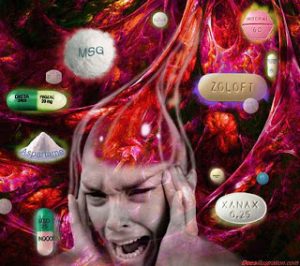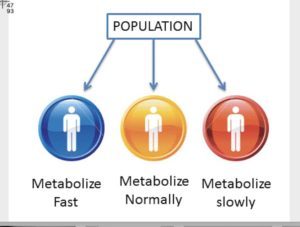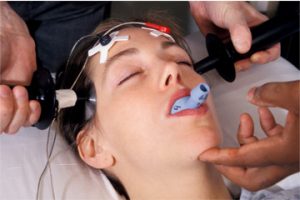So far we can approximate, as of today (2019) that 25% of Americans (and growing) won’t be able to get guns because of their mental health record.
Overall, the researchers estimated that 16.7 percent of the 242 million adults in the United States filled at least one psychiatric drug in 2013, including:
- 12 percent who reported filling one or more prescriptions for antidepressants;
- 8.3 percent who reported filling one or more prescriptions for sedatives, hypnotics, and anxiolytics; and
- 1.6 percent who reported filling one or more prescriptions for antipsychotics.
According to the research letter, the rates at which individuals reporting filling prescriptions for psychiatric drugs varied by race and ethnicity. The researchers found that:
- 20.8 percent of white adults reported using psychiatric drugs;
- 9.7 percent of black adults reported using psychiatric drugs;
- 8.7 percent of Hispanic adults reported using psychiatric drugs; and
- 4.8 percent of Asian adults reported using psychiatric drugs.
Further, the researchers found that the rate of psychiatric drug use increased by age. According to the study, 25.1 percent of adults ages 60 to 85 used at least one psychiatric drug, compared with 9 percent of those ages 18 to 39. The researchers also found that older adults were more likely to use antidepressants and anxiolytics, sedatives, and hypnotics, but not antipsychotics.
In addition, the researchers found that women were more likely than men to report using psychiatric drugs, at 21 and 12 percent, respectively.
According to the research letter, most individuals who reported using psychiatric drugs said they used the medications long-term. The researchers ound that 84.3 percent of adults filled three or more prescriptions for psychiatric drugs in 2013 or reported that they had started to take the drugs in 2011 or earlier. Long-term psychiatric drug users filled a mean of nearly 10 prescriptions for the drugs in 2013. READ MORE…
(JAMA STUDY 2013 1 out of 6 adults are on psyche drugs)
These data show 1 of 6 US adults reported taking psychiatric drugs at least once during 2013, but with 2- to 3-fold differences by race/ethnicity, age, and sex. Moreover, use may have been underestimated because prescriptions were self-reported, and our estimates of long-term use were limited to a single survey year.
VLA comment: That is 16.666% of US adults in 2013 that will not be able to get a gun permit.
How much has that increased six years later? Say 20% of American Adults can’t get gun permits because they have been diagnosed with some form of mental illness and have been prescribed drugs.
Up to 23.5 percent of all children under age 18 take at least one prescription medication each month,1 including opioids, antidepressants, and other psychotropic medications.
We may already be at one quarter (1/4) of the population on psyche drugs. Be careful with the legislation as this is the subtle alternative way to take away guns. So far we can approximate that as of today (2019) 25% of Americans won’t be able to get guns because of their mental health record.
THE CAUSE OF MASS SHOOTINGS, SUICIDES CAN BE FOUND IN THE FIELD OF PHARMACOGENETICS (READ POSTS)










